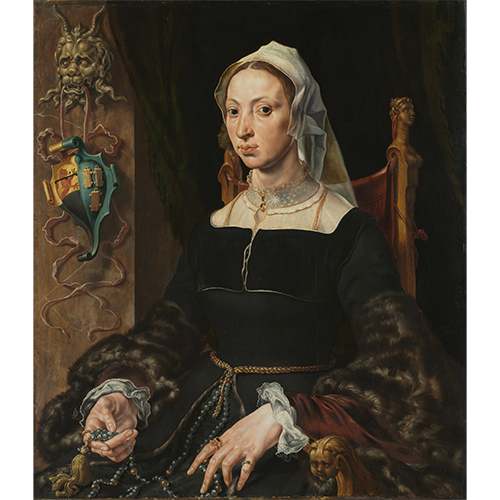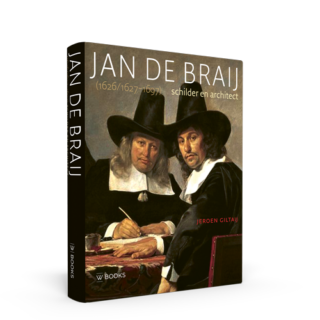Maarten van Heemskerck (1498-1574) is one of the most important northern-Netherlandish artists of the sixteenth century. His earliest paintings already testify to his masterful creativity and originality and a period spent in Rome in 1532-1536/1537 would define his further career. The antique art and masterpieces of Italian artists like Michelangelo and Raphael that he saw there made a deep impression on him, fuelling a radical change in his style and themes. Having returned to Haarlem in 1537, Heemskerck developed into a leading proponent of the Renaissance in the northern Netherlands.
The painter lived in turbulent times. Iconoclastic rioting and the revolt against Spanish rule put an end to traditional art for churches and monasteries in the northern Netherlands, while the wealthy bourgeoisie emerged as a new target group. Thanks to Heemskerck, printmaking also flourished as a new artistic medium capable of reaching broader swathes of the population. This book is the first to describe Heemskerck’s life and work in relation to one another against the backdrop of changing social conditions and sweeping historical events.


















